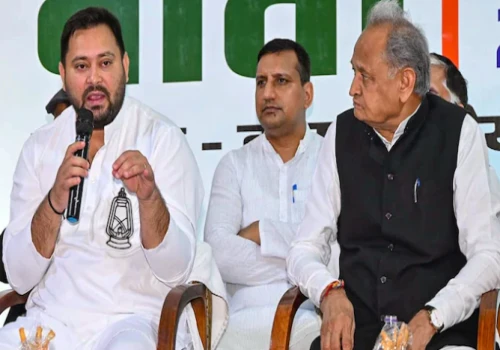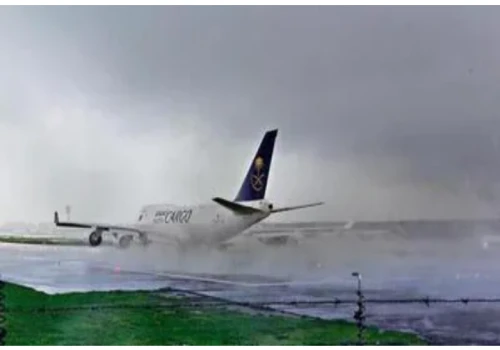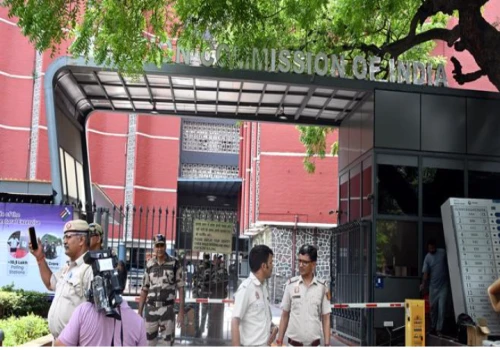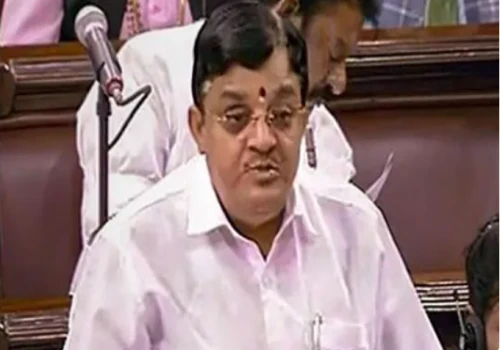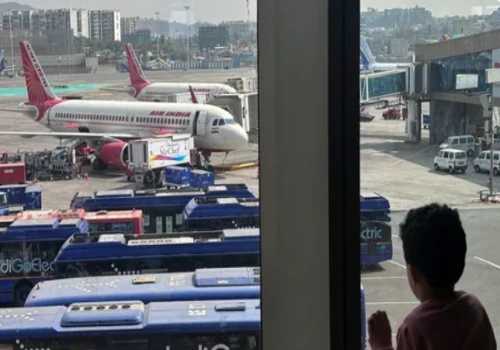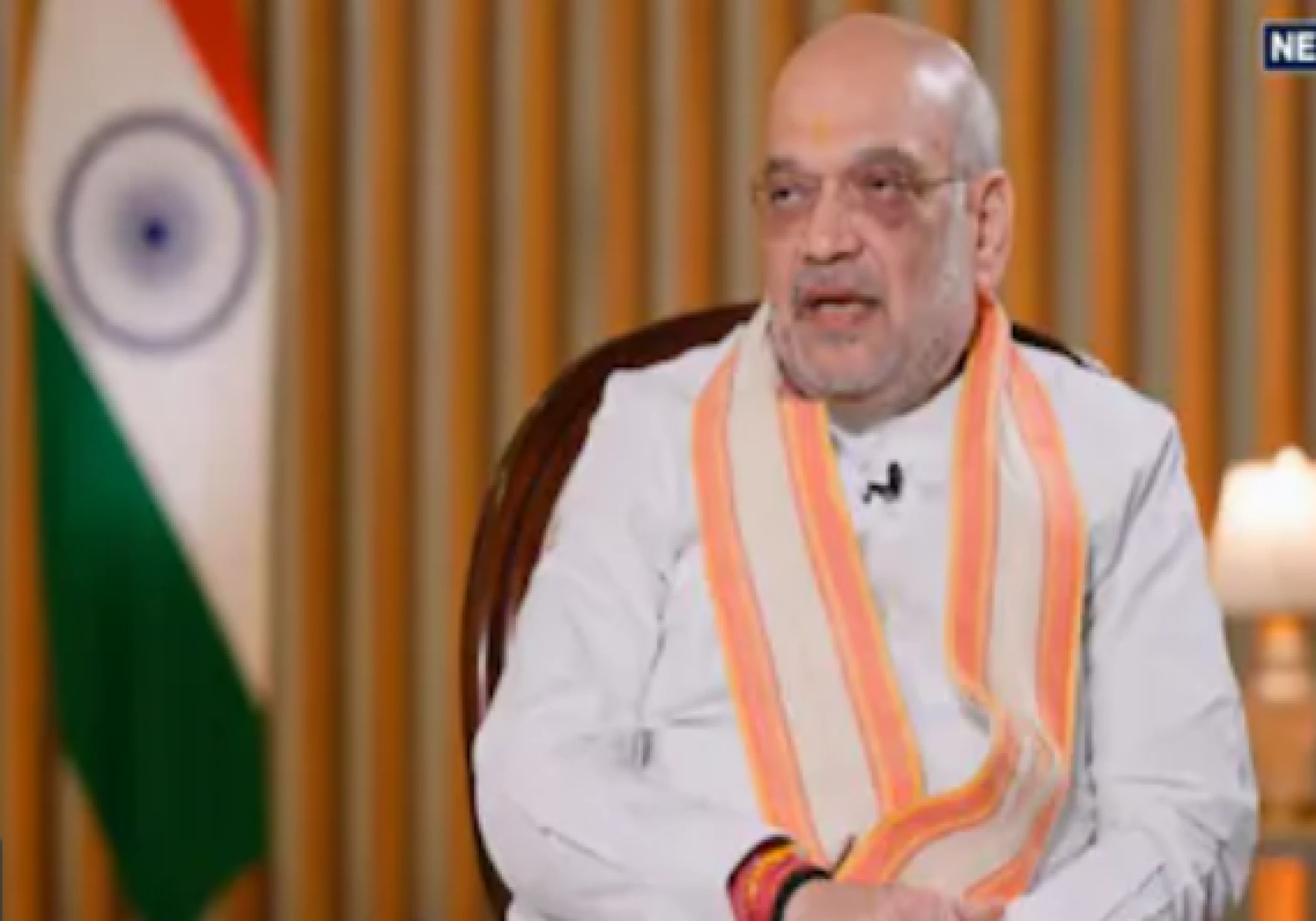
Population growth in India’s border regions is influenced by multiple factors, including natural increase, migration, and socio-economic opportunities.
Understanding the reasons behind demographic changes requires examining census data, government reports, and local economic conditions.
India shares long and porous borders with Bangladesh and Pakistan, which makes cross-border movement a complex issue involving economic migration, historical ties, and sometimes illegal entry. Migration can occur due to employment prospects, cultural connections, or displacement caused by environmental or political challenges.
Government agencies have taken steps to manage border security and population registration. However, experts emphasize that population growth is not solely due to infiltration — factors such as fertility rate differences, urbanization, and local development also contribute significantly.
A factual and humane understanding of migration is essential for creating policies that ensure both national security and human rights. Balanced reporting and data-driven analysis can help address the root causes while maintaining harmony among commun
ities.



